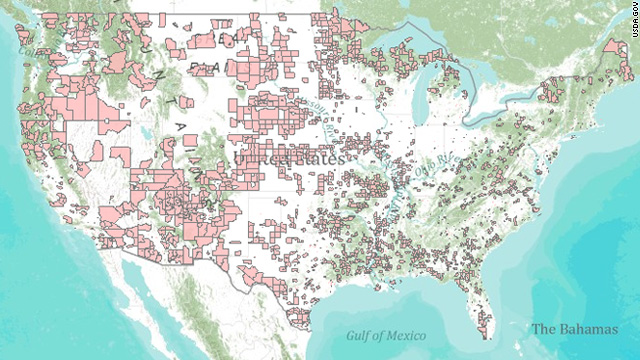Today I went to the South Coast Botanical Gardens which has a Volunteer Garden or Community Garden full of vegetables, herbs and edible flowers.
 |
| Welcome to community gardening |
 |
| Not as big as the monster sized strawberries in stores but looks good, right? |
 |
| I know that's lettuce on the left but on the right? |
 |
| This plot had several things including these flowers which are edible. |
 |
| Squash. Makes me sad to see since I killed mine. |
 |
| Rhubarb on the far left. |
 |
| Celery. Looks fantastic. |
 |
| Butter lettuce. These are usually sold in the markets with the roots still on. |
 |
| This is a plot that a lot of gardeners use to grow vegetables, etc in their yards. |
The South Coast Botanical Gardens had a plant sale today. I interviewed a seller who kindly spent a few minutes with me on the issue of urban farming. And here are a few points that I took away:
1) In the last ten years, he's seen what he figures would be a 10-15% increase in interest from customers wanting to grow their own food.
2) His concern and the concern of many people who are interested is space. Many people are not fortunate enough to have yards or available yard space to grow tomatoes for example. What do you do with this problem?
3) Another concern is regardless of the space issue how much square footage would you need to grow enough to feed a household? How much fruit and vegetables would an average household member consume and would their own garden provide that amount?
4) A neighbor of his plants corn every few weeks to keep the production of corn coming all year round. So the guy never runs out of fresh corn.
5) Look up horseradish tree. You can eat the leaves, the roots, etc. Requires little water.
6) Besides sustainability, there's the question of enough water. Most of the South Bay in Los Angeles is restricted on how and when we water our yards. If we water our yards at a certain time and the city notices guess what we receive a ticket.
I hadn't truly thought of many of the issues he brought up before. He has noticed interest in customers of growing edible plants but if they live in an apartment with no yard or garden available then the most they can do is walk away with a few herbs to grow on their kitchen counter or window sill or maybe a tomato plant. He pointed out that we're fortunate to live with yards that can provide the space that these plants would need to produce. He's so right. I live in the suburbs which I sort of forget. What do the people living in concrete jungles do even if they are interested? I thought of this fleetingly while in Kolkata, India back in March. In fact I did a short blog on it. So my next step in this project is to look more into this issue of community farming in the so-called concrete jungle city centers.


















































